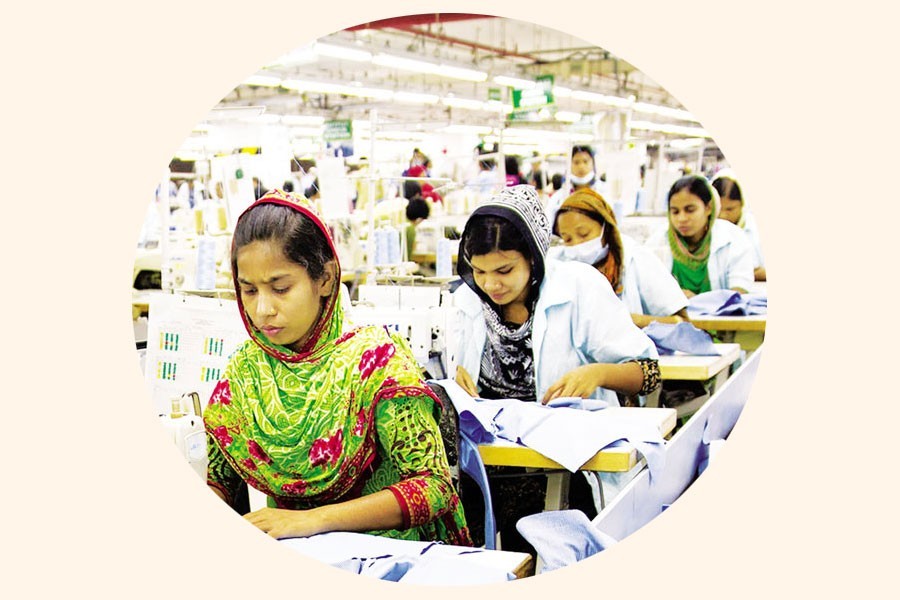It seems another time bomb is ticking to explode anytime soon. The ticking time bomb here is the more than 1,000 units of subcontracting readymade garment (RMG) factories in operation all across the country but mostly concentrated in the apparel manufacturing zones around the capital and the port city. These factories are not members either of the Bangladesh Garment Manufacturers and Exporters Association (BGMEA) or the Bangladesh Knitwear Manufacturers and Exporters Association (BKMEA) and hence have not come under the purview of the meticulous inspection carried out by the former Western retailers Accord and Alliance following the Rana Plaza tragedy. Many of those were forced to close down during the pandemic but the ever-increasing flurry of work orders coming Bangladesh's way in recent times have brought them back to business.
However, their revival has taken place in a roundabout way. Because they are not entitled to utilisation declaration (UD) without which shipment of RMG articles is impossible, they are doing subcontracting business for members of the 3,500 compliant export-oriented garment factories. According to a joint study carried out by the Centre for Policy Dialogue (CPD) and the Christian Aid in Bangladesh, the RMG units surveyed have on an average a shortage of 44 workers in a factory. The total number of working hands in the RMG industry is evidently staggering. When the leading exporting factories are taken into account, the shortage becomes quite telling given the higher working orders they receive. They are unlikely to share the working orders with their competitors. Thus the hectic business by the sub-contracting group can be explained. Now the 1,104 non-compliant and non-registered factories, according a five-year project called Mapped in Bangladesh (MiB) responsible for developing a database of RMG workers since 2017, employ 0.22 million workers.
Evidently, such uninspected and uncared-for units in terms of absence of fire, electrical and structural integrity comprising one-third of the compliant RMG factories should be considered a ticking bomb without any doubt. The irony is that these non-compliant subcontracting units are serving the same purpose as the compliant units ---notably with the greatest number of 144 green factory buildings among them in the world --- but run the risk of tragedies that prompted Western retailers to intervene. This shabby and chaotic situation can continue because the arrangement serves all the local parties concerned. The Department of Inspection for Factories and Establishment (DIFE) failed to ensure safety of the garment factories earlier necessitating a comprehensive action plan by the foreign retailers.
In case of the subcontracting units, the danger is looming large and no one is likely to feel prompted to improve the condition before another outsize tragedy takes place. Since work orders from abroad are mounting, let the RMG base get expanded. The subcontracting units should be the prime candidates for registration and other facilities upon their compliance with the rules and regulations governing safety measures. Also the workers at these factories can get out of the double exploitation regime they are subjected to. When in order, these factories will be able to grab further opportunities, like any other compliant unit, to expand business and reap higher profits than they do now.


